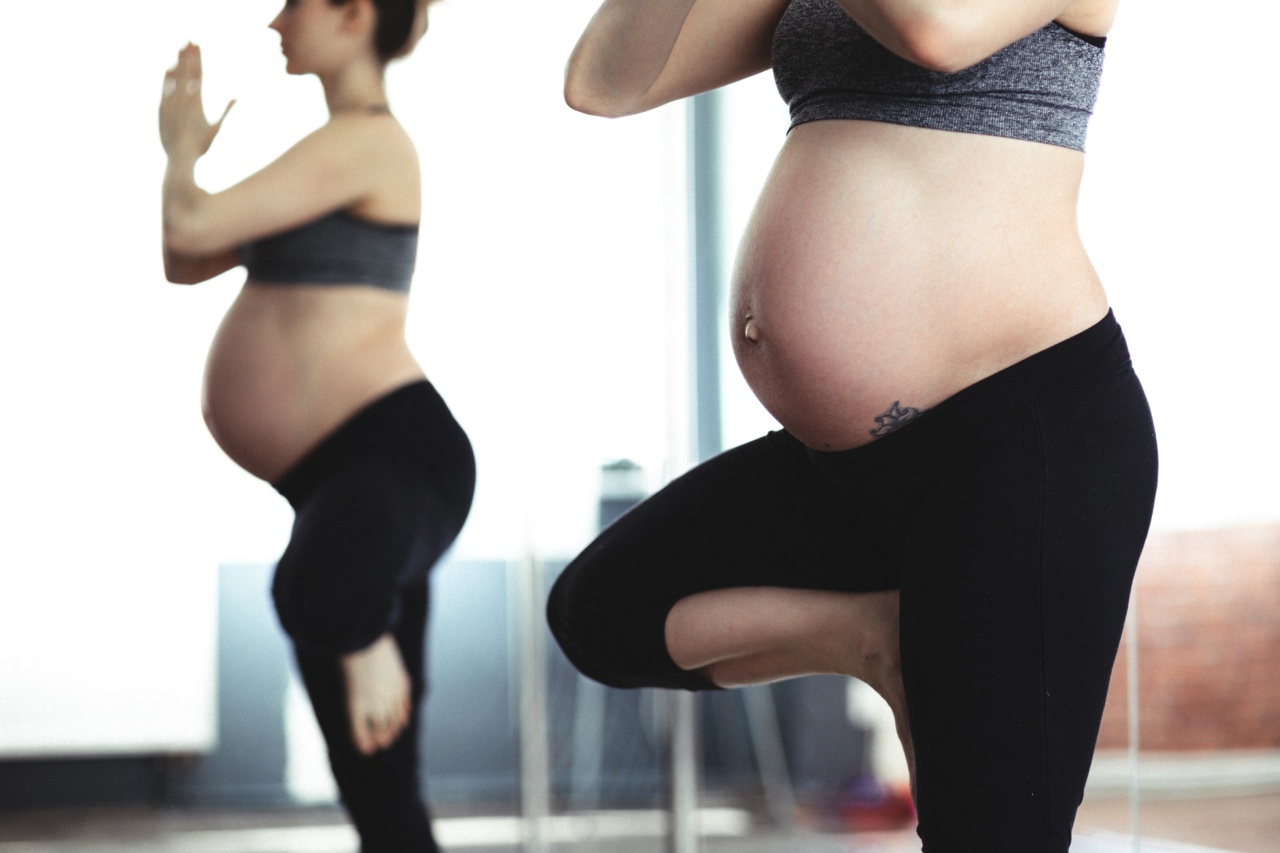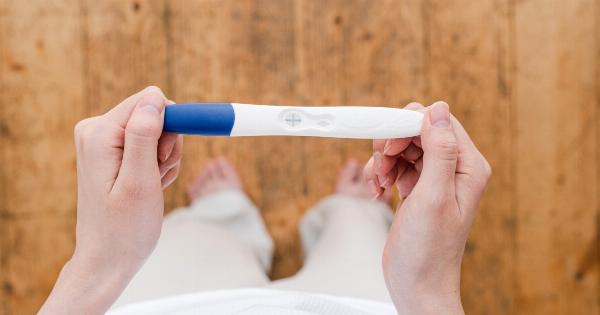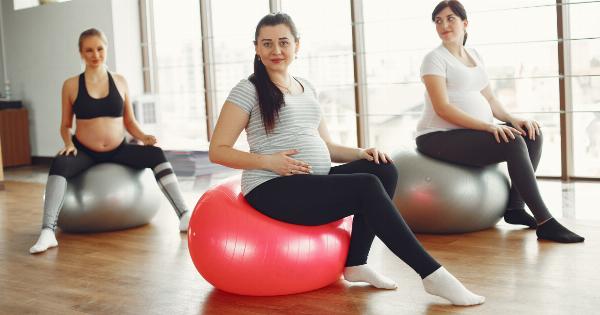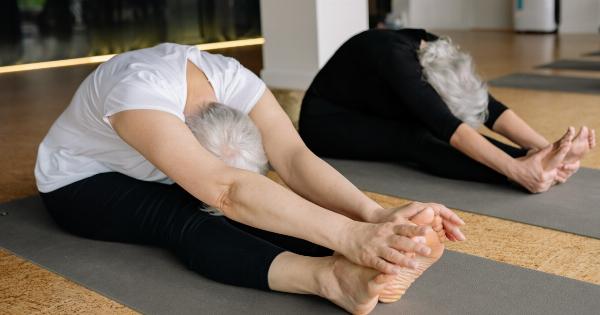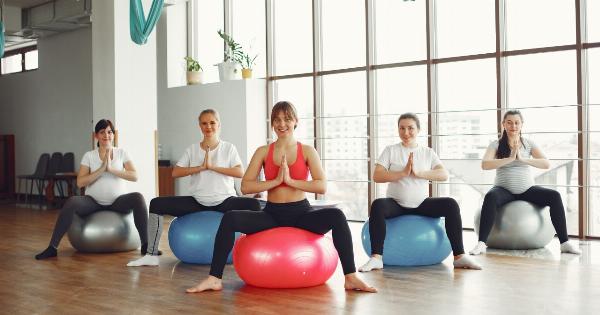Exercise during pregnancy is highly recommended by healthcare professionals to help ensure a healthy pregnancy, reduce the risk of complications during labor and delivery, and to prepare your body for postpartum recovery.
However, the type of exercise you do should vary depending on which stage of pregnancy you are in, as different exercises may be more or less appropriate at different times. Here are three exercises for every stage of pregnancy.
First Trimester
The first trimester of pregnancy can be a delicate time, and many women experience symptoms such as morning sickness and fatigue that can make exercise seem unappealing.
However, as long as your doctor clears you for exercise, staying active during this time can help reduce the likelihood of developing complications such as gestational diabetes and high blood pressure later in your pregnancy. Here are some exercises to try in your first trimester:.
1. Walking
Walking is a low-impact form of exercise that can be done at any time throughout your pregnancy, and it is a perfect place to start if you are new to exercise. Walking can help improve circulation, boost your energy, and reduce stress.
Aim to walk for 30 minutes per day, five days per week, if possible.
2. Swimming
Swimming is another low-impact exercise that is great for pregnant women. It is gentle on the joints and provides an excellent cardiovascular workout. Some women prefer swimming during the first trimester because it can help alleviate morning sickness.
Aim to swim for 30 to 45 minutes per session, two to three times a week.
3. Prenatal Yoga
Prenatal yoga is a form of yoga specifically designed for pregnant women. It can help improve flexibility, reduce stress, and promote relaxation and better sleep. Yoga can also help prepare your body for labor and delivery.
Look for prenatal yoga classes in your area or follow along with a prenatal yoga video on YouTube.
Second Trimester
The second trimester is often considered the “sweet spot” of pregnancy, as many women feel their best during this time. You may have more energy and feel more comfortable as your body adjusts to pregnancy.
Here are three exercises to try during your second trimester:.
1. Squats
Squats are an excellent exercise for strengthening the muscles you will use during labor and delivery. Squats also help prepare your body for carrying the extra weight of pregnancy.
Stand with your feet shoulder-width apart, and lower your hips into a squat position, keeping your knees behind your toes. Aim for 10 to 15 repetitions, 1 to 2 times a day.
2. Pelvic Floor Exercises
Pelvic floor exercises, or Kegels, are important for maintaining pelvic health during and after pregnancy. Kegels can help improve bladder control and may reduce the risk of tearing during delivery.
To perform Kegels, contract your pelvic floor muscles as if you were stopping the flow of urine. Hold for 3 to 5 seconds, then release. Repeat 10 to 15 times, 1 to 2 times a day.
3. Low-Impact Aerobics
Low-impact aerobics, such as dancing or using an elliptical machine, can help improve cardiovascular health during pregnancy. Aim for 30 minutes, 3 to 5 times a week.
Make sure to avoid high-impact exercises or any movements that require jumping or sudden changes in direction, as these could increase your risk of injury.
Third Trimester
The third trimester can be the most challenging time to exercise, as you may feel more tired and uncomfortable as your due date approaches. However, continuing to exercise during this time can help maintain your energy and reduce stress levels.
Here are three exercises to try in your third trimester:.
1. Pelvic Tilts
Pelvic tilts can help strengthen your abdominal muscles and reduce lower back pain during pregnancy. To perform a pelvic tilt, lie on your back with your knees bent and your feet flat on the floor.
Contract your abdominal muscles and press your lower back into the floor. Hold for a few seconds and then release. Repeat 10 to 15 times, 1 to 2 times a day.
2. Stationary Cycling
Stationary cycling is a low-impact exercise that can be a great way to stay active during late pregnancy. It can help improve cardiovascular health and strengthen the lower body.
Make sure to adjust the resistance and speed as needed and avoid standing up on the pedals. Aim for 20 to 30 minutes, 3 to 5 times a week.
3. Prenatal Pilates
Pilates is another form of exercise that can be adapted for pregnancy. Prenatal Pilates focuses on strengthening the muscles needed for labor and delivery, as well as improving posture and balance.
Look for a prenatal Pilates class in your area or follow along with a prenatal Pilates video online.
